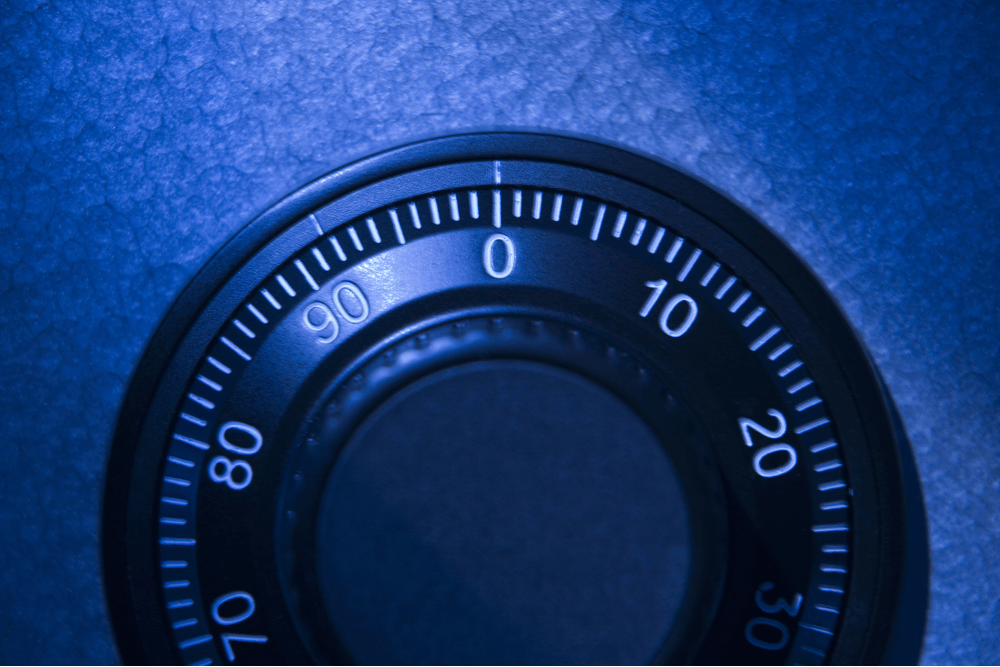The Importance of Home Safes
In today’s world, safeguarding your valuables and important documents is becoming increasingly crucial. Home safes offer an effective solution for protecting these items from theft, fire, and other unforeseen events. With the vast array of home safes available on the market, homeowners can find options that suit their specific needs and preferences. Whether you’re looking to secure jewelry, cash, passports, or sensitive documents, a home safe provides peace of mind by keeping your possessions out of harm’s way. Investing in a high-quality home safe is a proactive step toward ensuring that your most treasured items remain secure, regardless of what life throws your way.
Types of Home Safes
When choosing a home safe, it’s important to understand the different types available. Each type serves a unique purpose and offers varying levels of protection. Here are some common types of home safes:
- Fireproof Safes: These are designed to withstand high temperatures and protect contents from fire damage. Ideal for storing important documents and irreplaceable items.
- Burglary Safes: Built with robust materials to deter thieves and protect against unauthorized access. They often feature combination locks or digital keypads for enhanced security.
- Waterproof Safes: Perfect for protecting valuables from water damage due to floods or accidents.
- Wall Safes: Installed within walls, these safes provide discreet security and are often hidden behind furniture or artwork.
- Floor Safes: Embedded into the floor, offering a high level of security and concealment.
Consider your specific needs and the types of threats you want to guard against when selecting a home safe.
Choosing the Right Size and Features
Once you’ve identified the type of home safe you need, it’s essential to consider the size and features that best suit your requirements. The size of the safe should accommodate all the items you plan to store, with some room for future additions. Think about the dimensions of the space where you intend to install the safe and ensure it fits comfortably.
When it comes to features, look for safes with advanced locking mechanisms, such as biometric locks or digital keypads, for added security. Some safes come with adjustable shelves, interior lighting, and fireproof or waterproof ratings. Evaluate these features according to your specific needs and the level of protection you desire.
Installation Considerations
Proper installation is crucial for maximizing the security benefits of your home safe. Depending on the type of safe, installation may involve securing it to a wall, floor, or within a piece of furniture. It’s advisable to consult a professional for installation to ensure the safe is anchored correctly and remains secure against potential threats.
Keep in mind the location of the safe within your home. Ideally, it should be placed in an inconspicuous area that is not easily accessible to intruders. Avoid common places like master bedrooms or closets, as these are the first areas burglars tend to search. Instead, consider more discreet locations that blend seamlessly into your home’s design.
Maintaining Your Home Safe
Regular maintenance is essential to ensure your home safe continues to function effectively. Periodically check the locking mechanisms and replace batteries in digital keypads if necessary. Keep the safe clean and free from dust to prevent any mechanical issues.
It’s also a good practice to review the contents of your home safe occasionally. Update the items stored inside to reflect any changes in your valuables or important documents. By maintaining your home safe and keeping its contents current, you ensure that it remains a reliable asset in protecting your most valuable possessions.
Sources









